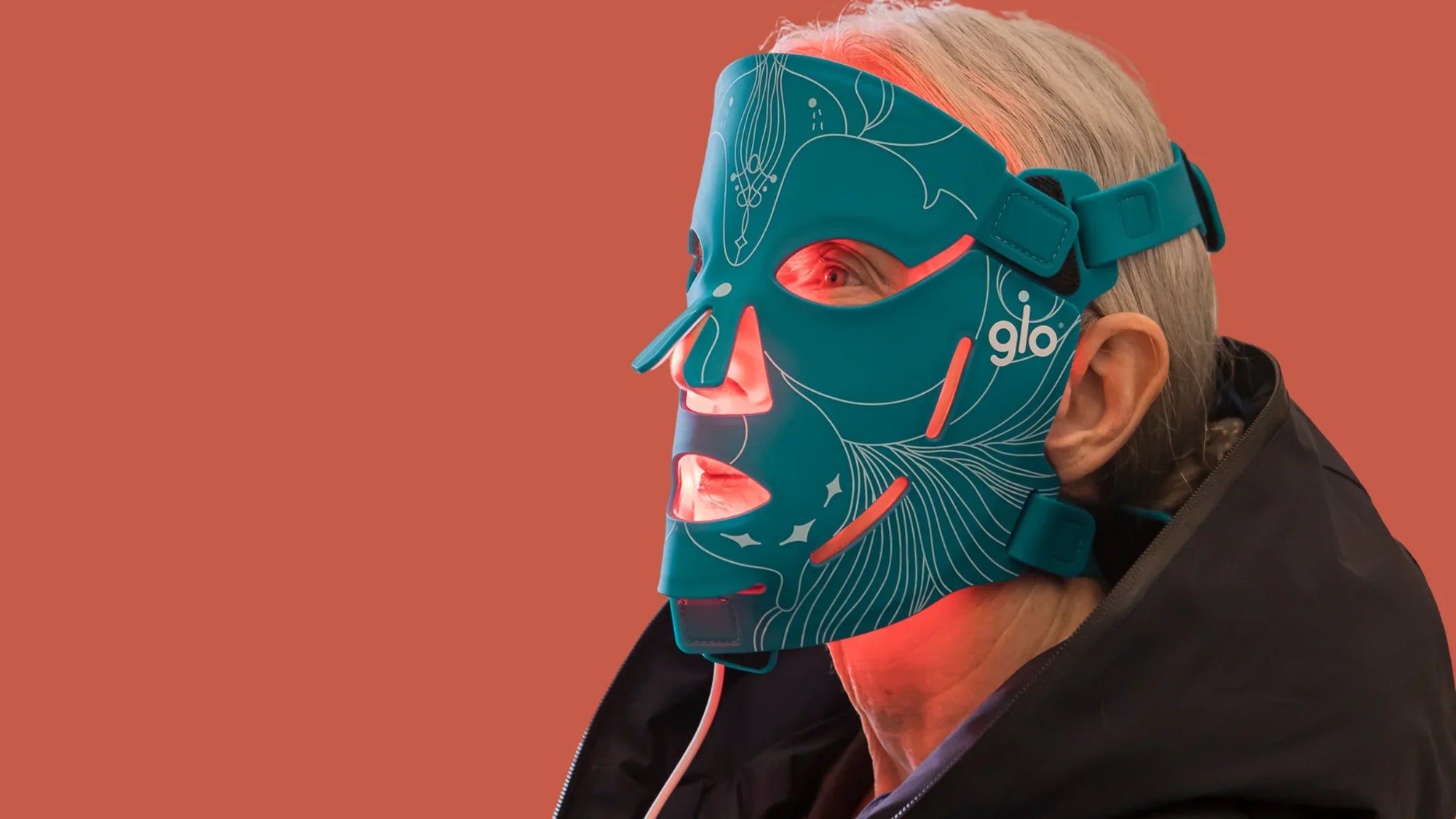LED phototherapy is becoming increasingly known for its ability to stimulate skin cells, including the cells responsible for producing collagen and elastin (fibroblasts) located in the dermis. In this article, we’ll explain how and why phototherapy enhances the production of collagen and elastin in the skin treated with this technology.
What is collagen?
Collagen makes up about one-third of the body’s total protein content and is the most abundant protein in the human body. It is an essential structural protein found in the skin, bones, muscles, tendons, and other connective tissues. Collagen provides strength and support to these tissues, helping them maintain their shape and integrity.
Collagen is composed of long chains of amino acids arranged in a triple-helix structure. There are more than 20 different types of collagen, each with unique properties and functions in the body. However, there are five main types:
-
Type I collagen: The most abundant type in the body, found in the skin, tendons, bones, and other connective tissues. It provides strength and structure to these tissues.
-
Type II collagen: Found in cartilage, it provides cushioning and support to the joints.
-
Type III collagen: Found in the skin, blood vessels, and internal organs. It helps provide elasticity and support to these tissues.
-
Type IV collagen: Found in the basal membrane, a thin layer of tissue that separates the outer layer of the skin from the underlying tissues.
-
Type V collagen: Found in hair, cell surfaces, and the placenta. It helps regulate cell growth and development.
Collagen production naturally decreases as we age, which can lead to wrinkles, skin sagging, and joint pain.
What is the function of collagen?
The main function of collagen is to provide structural support and strength to tissues. It is a key component of the extracellular matrix — the network of proteins and other molecules that form the body’s connective tissues, such as skin, bones, cartilage, tendons, ligaments, and blood vessels.
Collagen gives these tissues the resistance and elasticity needed to withstand tension and stress. For example, in the skin, collagen helps keep it firm, smooth, and supple, while in bones it provides the necessary structure for strength and density.
Collagen also plays an essential role in wound healing, as it forms a scaffold for new tissue growth and helps repair damaged skin and other tissues. Additionally, collagen contributes to the formation of other important substances in the body, such as elastin, which gives the skin elasticity, and proteoglycans, which help cushion and lubricate the joints.
How does LED phototherapy affect collagen?
The primary cell responsible for collagen production is the fibroblast. Fibroblasts are a type of cell found in connective tissues such as skin, tendons, cartilage, bones, and other organs.
They synthesize and secrete various components of the extracellular matrix (ECM), including collagen, elastin, and glycosaminoglycans (GAGs). These elements provide structural support, strength, and elasticity to tissues and organs.
Collagen production is regulated by various growth factors, cytokines, and other signaling molecules, which can stimulate, inhibit, or modulate collagen synthesis by fibroblasts and other collagen-producing cells.
A study conducted by Takezaki exposed adult skin once a week for 8 weeks to a visible red LED system (630 ± 3 nm) with an irradiance of 105 m/cm² for 15 minutes per session. Skin biopsies were performed before and after treatment. After the eighth session, additional biopsies were analyzed to assess the type and quantity of T cells originating in the skin. Transmission electron microscopy (TEM) was used to evaluate ultrastructural changes.
The results showed a treatment-dependent increase in fibroblast activity, demonstrated by a higher abundance of mitochondria and vimentin in the cytoplasm of irradiated fibroblasts compared to non-irradiated ones.
The increase in the number of mitochondria — the cell’s energy centers — indicates a higher energy demand triggered by the light exposure, which correlates with increased metabolism and collagen production.
This finding is also supported by a study by Lee SY, where patients were treated with red and near-infrared light. Transmission electron microscopy revealed highly activated fibroblasts containing an increased number of dilated endoplasmic reticula, the source of the dermal matrix components responsible for producing larger amounts of collagen and elastic fibers.
The study also showed an increase in proinflammatory cytokines such as IL-1ß and TNF-α, which are directly associated with the synthesis of new collagen.
A significant increase in collagen levels was observed in the histological evaluation. The images on the left are reference images, while the images on the right were taken two weeks after professional red and NIR LED light therapy treatment. The lower images show staining that highlights the collagen bundles.
Note: In the studies conducted, no reduction in facial fat was observed, indicating that phototherapy does not negatively affect facial volume. On the contrary, the increase in collagen and elastin observed after 8 weeks of treatment results in skin that appears denser and more elastic, with a visible reduction in wrinkles.
















